This scene consists of a house that is about 200 to 300 meters away across a shipping channel. In a sunny day, this scene's light colors and high contrast can easily reveal many problems of a lens. Shooting parameters are as follows. First, SATURATION, CONTRAST and SHARPNESS were set to LOW as in all tests. Second, ISO 80 was used. Third, aperture and shutter speed were fixed to f/5.6 and 1/800 second in the manual mode. Fourth, a FZ-30 is mounted on a sturdy tripod. Since it was a little windy, OIS mode 2 was used in case the lens and camera combo may cause slight camera shake. Fifth, for each lens, 3 to 5 shots were taken and the best was selected as the "representative" of the lens being used. Sixth, the upper-right, lower-right and upper-left corners of an image are cropped for edge sharpness comparison, and the center portion is also cropped for the center sharpness analysis.
The following shows the images taken with the nine teleconverter lenses being tested. Note that the image by the Sony VCL DH1758 1.7X was not taken in the same batch, and, as a result, the tonality and brightness would be slightly different. However, this would not affect our conclusion too much.
There is no doubt that the Nikon TC-E17ED has the highest reproduction ratio of the 5 1.7X lenses, while the other four are similar. The 1.5X lenses are similar; but, the Nikon TC-E15ED 1.5X seems slightly smaller than the Konica Minolta ACT-100 1.5X.
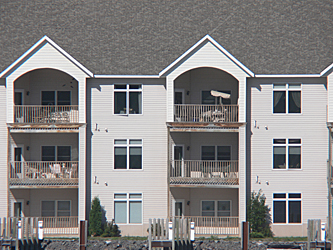
|
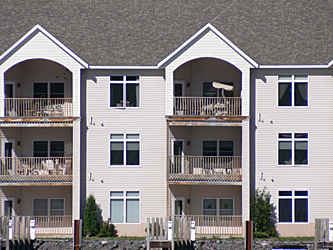
|
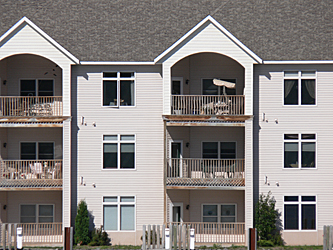
|
| Canon TL55 1.4X | Olympus TCON-14B 1.45X | Konica Minolta ACT-100 1.5X |
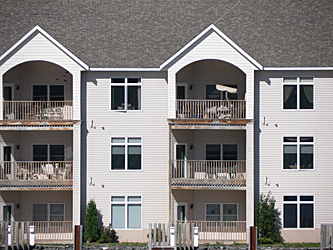
|

|
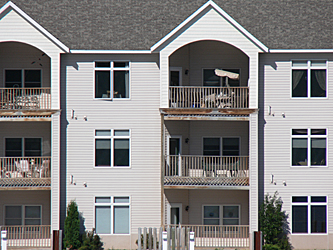
|
| Nikon TC-E15ED 1.5X | Nikon TC-E17ED 1.7X | Panasonic LT55 1.7X |
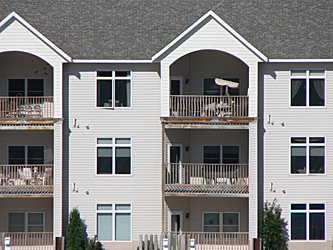
|
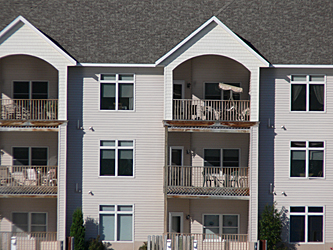
|
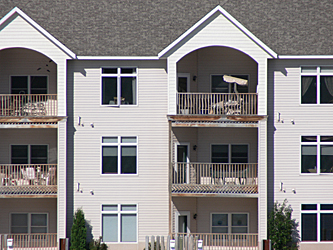
|
| Olympus TCON-17 1.7X | Sony VCL DH1758 1.7X | Sony VCL HGD1758 1.7X |
| Click here to download the above full size images (scene-2-images.zip (28.7mb)) | ||
The following shows the 100% crop of the center portion of each image. This area was used for focusing, and should be very sharp as long as the focus is correct. The Nikon TC-E17ED captured the sharpest center image. It can even preserve the fine wood texture! The remaining four 1.7X converters (i.e., Panasonic LT55, Olympus TCON-17, Sony DH1758 and Sony HGD1758) appear to be very similar with the tone of the Sony DH1758 being slightly different. I personally believe the TC-E15ED 1.5X is slightly sharper than the Konica Minolta ACT-100 1.5X; but, of course, they can be considered equally good. The TCON-14B is slightly behind the Nikon and Minolta mainly due to the purple fringes in the lower right corner that reduces the sharpness. Of these three, the Nikon TC-E15ED has a higher contrast (the same applies to TC-E17ED as well), while the TCON-14B is slightly lower (than the Minolta). The Canon TL-55 has the lowest sharpness and contrast. Moreover, its tonality is slightly different from all other images. In this case, the best 1.7X converter is the Nikon TC-E17ED, and the best 1.5X converter is Nikon TC-E15ED.
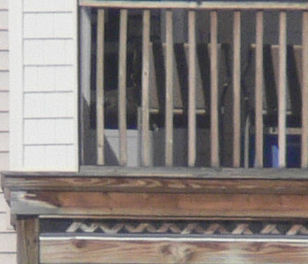
|
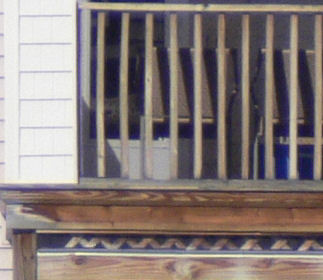
|
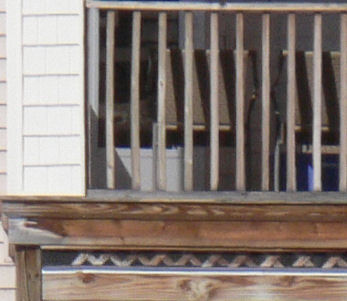
|
| Canon TL55 1.4X | Olympus TCON-14B 1.45X | Konica Minolta ACT-100 1.5X |
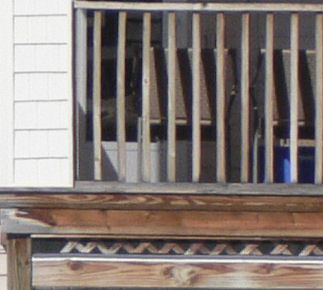
|
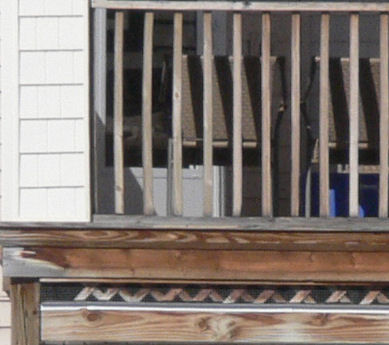
|
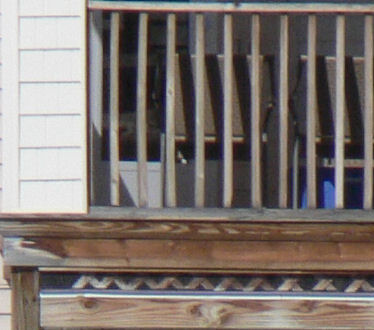
|
| Nikon TC-E15ED 1.5X | Nikon TC-E17ED 1.7X | Panasonic LT55 1.7X |
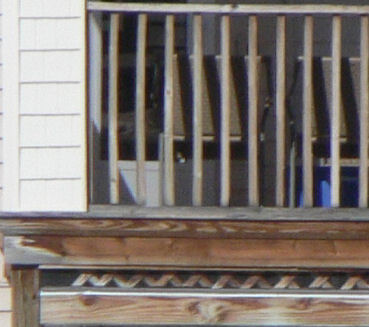
|
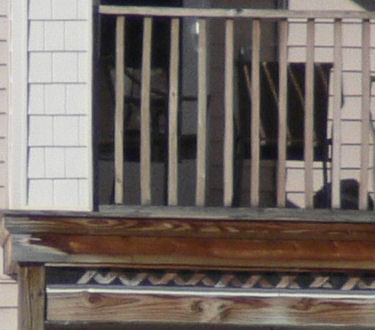
|
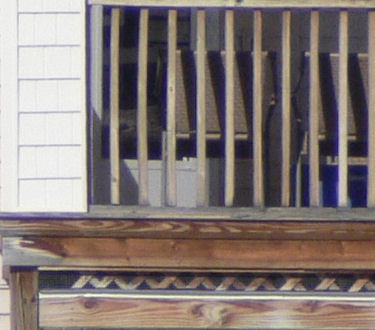
|
| Olympus TCON-17 1.7X | Sony VCL DH1758 1.7X | Sony VCL HGD1758 1.7X |
The following shows the upper-right corner crops. Again, of the five 1.7X converters, the Nikon TC-E17ED is the leader with the TCON-17 slightly behind. The Sony HGD1728 also performs well, but not as good as the Nikon and TCON-17. It is odd that the Panasonic LT55 has a very soft corner, just very slightly better than the Sony DH1758! I don't know the cause yet. A further investigation is needed. Of the four 1.5X converters, I still pick the TC-E15ED 1.5X as the winner. Maybe the slight light fall-off (of the Nikon TC-E15ED) at the corners makes the contrast a little higher, causing the sharpness also slightly better. I consider the TCON-14B being very slightly better than the Minolta ACT-100 at the extreme corner. The Canon TL-55 is poor. The two Nikons still have the highest contrast. In this comparison, the two Nikons and the TCON-17 performed very well.
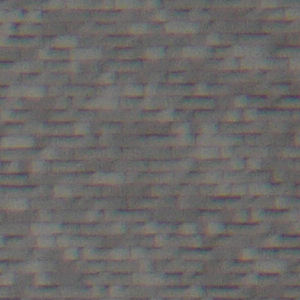
|
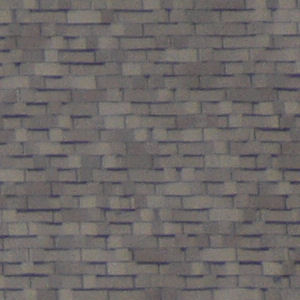
|
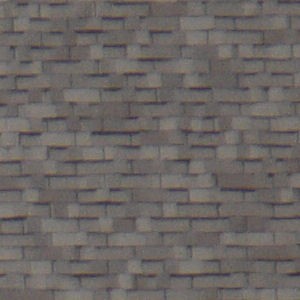
|
| Canon TL55 1.4X | Olympus TCON-14B 1.45X | Konica Minolta ACT-100 1.5X |
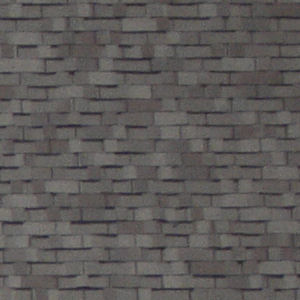
|
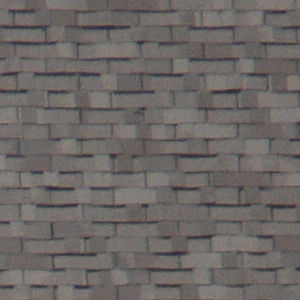
|
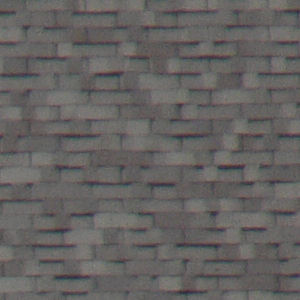
|
| Nikon TC-E15ED 1.5X | Nikon TC-E17ED 1.7X | Panasonic LT55 1.7X |
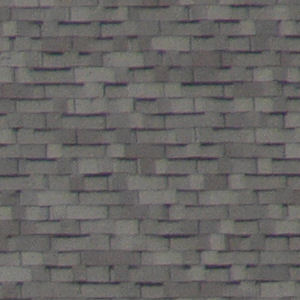
|
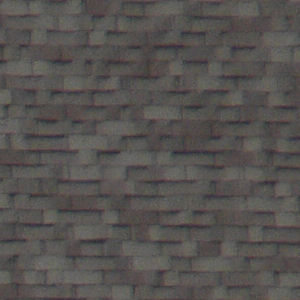
|
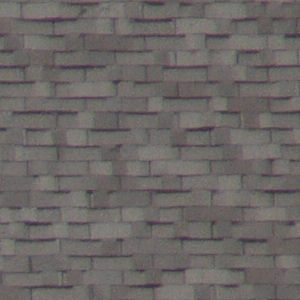
|
| Olympus TCON-17 1.7X | Sony VCL DH1758 1.7X | Sony VCL HGD1758 1.7X |
We shall next examine chromatic aberration in these images. I picked the lower right window because the high contrast between its white frame and dark background, and also because the window blinds may also reveal sharpness differences. The following has the 100% crops of the lower right window frames. Due to a larger reproduction ratio, the Nikon TC-E17ED and Sony HGD1758 images did not capture full window frames. Clearly, the Nikon TC-E17ED wins again for its very clear and sharp definition of the window blinds. More importantly, we do not see much chromatic aberration. If you are picky, you may find a very slight blue/purple fringe along the top edge of the upper right window; but, it is very insignificant. The Nikon TC-E15ED shares the same characteristic; however, the definition of the window blinds is not as clear as that of the TC-E17ED (maybe due to its smaller image size). The Minolta ACT-100, like the Nikons, did not show much chromatic aberration; however, the lower and right frames of each window look blurred, reducing the sharpness of the image. The Sony HGD1758 also performed well and captured a clearly defined window blinds (better than the Minolta but not as good as the Nikons); however, purple fringes along the right edge of the middle window frame is clearly seen. The TCON-17 and Panasonic LT55 are similar, even with a similar purple fringe pattern; but, the latter seems a little weaker. The TCON-14B is simply bad, purple fringing is so obvious, and sharpness is also lower. The Sony DH1758's result is similar to that of the Minolta ACT-100; but, the Sony did not capture the window blinds clearly. In terms of sharpness, the Canon TL-55 seems slightly better than the Sony DH1758; but, it shows both green and purple fringes. In this round, the Canon TL-55 and Sony DH1758 are the two worst lenses.

|
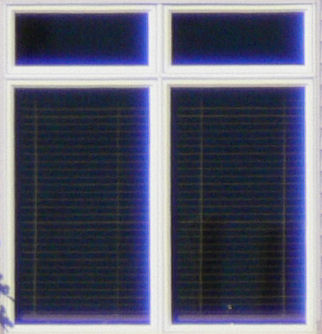
|
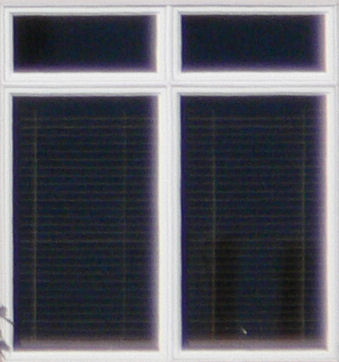
|
| Canon TL55 1.4X | Olympus TCON-14B 1.45X | Konica Minolta ACT-100 1.5X |
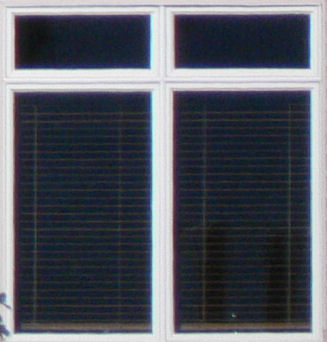
|
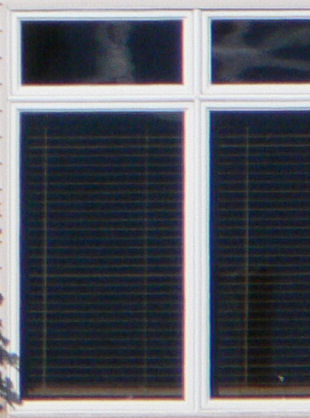
|
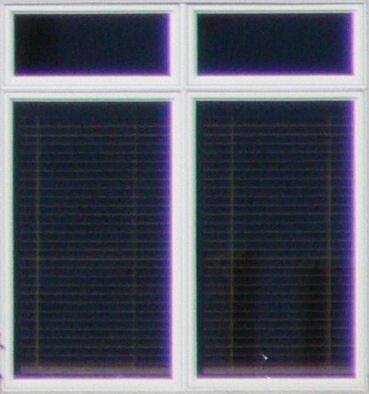
|
| Nikon TC-E15ED 1.5X | Nikon TC-E17ED 1.7X | Panasonic LT55 1.7X |
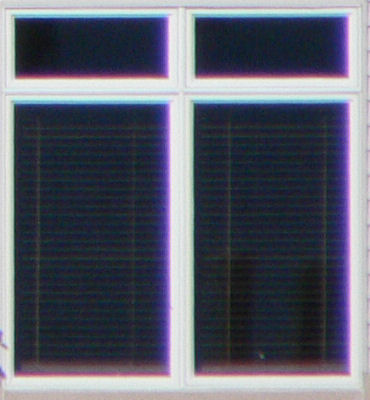
|
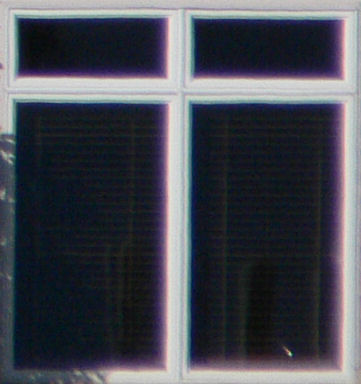
|
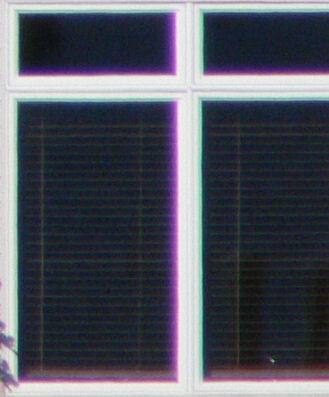
|
| Olympus TCON-17 1.7X | Sony VCL DH1758 1.7X | Sony VCL HGD1758 1.7X |
Then, we examine the capability of capturing fine details in dark areas. Lower contrast lenses usually would not perform well in this case. The following has the 100% crops from the shadow area of the upper-left window. There is a hanging decoration near the ceiling with a very thin string going from upper-right to lower-left. However, it is gone when the Sony DH1758 was used to take the image. The two high contrast lenses, TC-E15ED and TC-E17ED, captured the string and decoration clearly. The Sony HGD1758 also performed well, but the decoration was not produced as clear as the Nikons did. The TCON-17 is slightly behind the Sony HGD1758; but, the Panasonic LT55 is not as good. The Minolta ACT-100 and TCON-14B are about the same (I believe the former may be very slightly better), with the Canon TL-55 very far behind. The Sony DH1758 did reveal the details of the siding, but was not able to resolve the window frame clearly.
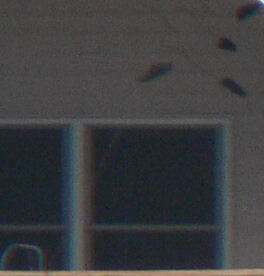
|
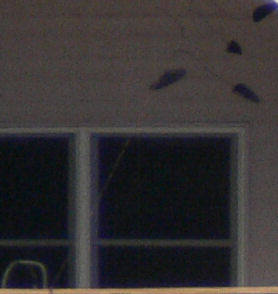
|
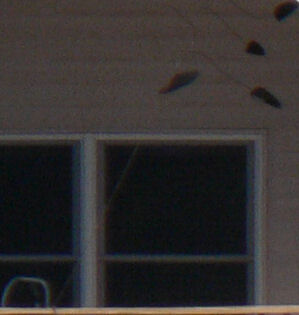
|
| Canon TL55 1.4X | Olympus TCON-14B 1.45X | Konica Minolta ACT-100 1.5X |
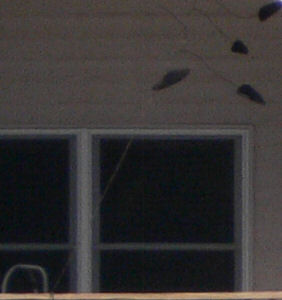
|
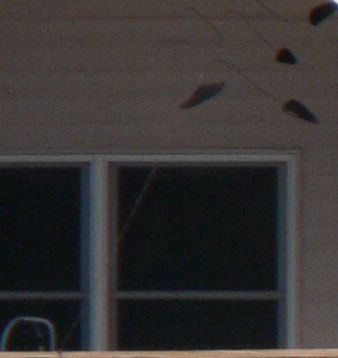
|
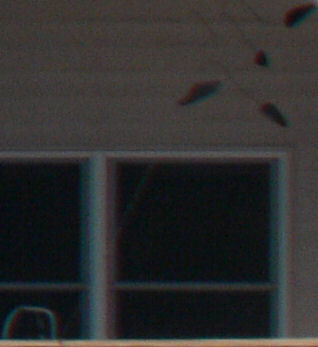
|
| Nikon TC-E15ED 1.5X | Nikon TC-E17ED 1.7X | Panasonic LT55 1.7X |
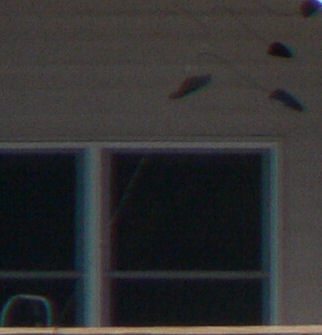
|
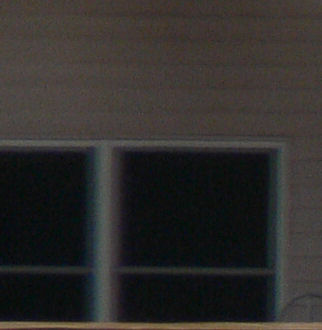
|
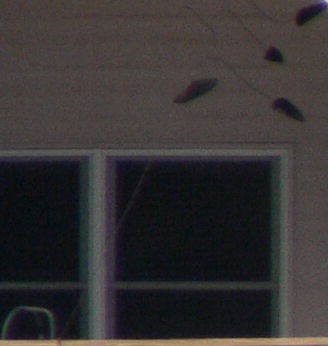
|
| Olympus TCON-17 1.7X | Sony VCL DH1758 1.7X | Sony VCL HGD1758 1.7X |
The following summarizes the findings of this comparison: